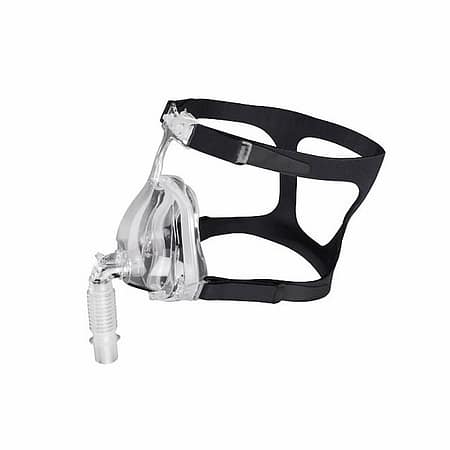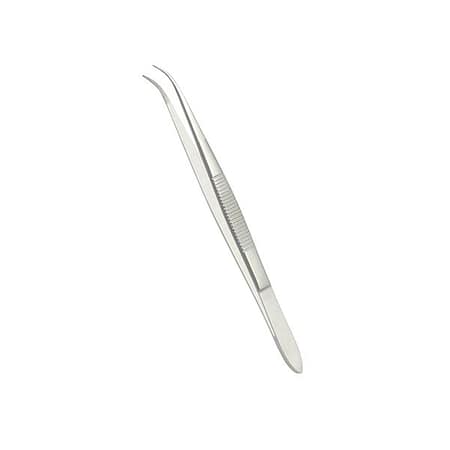Orthotic shoes are specially designed footwear intended to support and accommodate the structure and mechanics of the feet, ankles, and legs. They are often used to alleviate foot pain, improve posture, and prevent or treat a variety of foot-related issues. Available at specialized medical shop and recommended by Health Care Australia, orthotic shoes offer customized support through built-in orthotic insoles, enhanced arch support, and cushioning designed to promote proper foot alignment and function.
Overview of Regular Shoes
Regular shoes, on the other hand, are standard footwear designed primarily for general use and fashion. While they come in various styles, from casual to formal, they typically lack the specific support features found in orthotic shoes. Regular shoes are widely available in retail stores and online, but they may not address specific foot health needs or provide the necessary support for individuals with foot problems.
Structural Differences Between Orthotic and Regular Shoes

Design and Construction of Orthotic Shoes
Orthotic shoes are meticulously engineered to provide maximum support and comfort. Key design elements include:
- Orthotic Insoles: Built-in or removable insoles that provide superior arch support and cushioning.
- Heel Stabilizers: Components that ensure proper foot alignment and reduce the risk of rolling ankles.
- Breathable Materials: Use of materials that promote airflow and reduce moisture, enhancing comfort.
- Extra Depth: Allowing space for custom orthotics if needed, ensuring a perfect fit.
Key Features of Regular Shoes
Regular shoes, while diverse in style and design, often focus more on aesthetic appeal than on providing health benefits. Key features typically include:
- Standard Insoles: Basic cushioning without specialized support.
- Variety of Styles: A wide range of designs to suit fashion preferences, from casual sneakers to formal dress shoes.
- Material Choice: Use of various materials, such as leather, canvas, or synthetic fabrics, catering to different looks and occasions.
Health Benefits of Orthotic Shoes
Support and Comfort Provided by Orthotic Shoes
Orthotic shoes are designed to enhance comfort and provide critical support for the feet. The orthotic insoles help distribute weight evenly across the foot, reducing pressure points and minimizing the risk of foot pain. The cushioning and arch support help absorb shock, making walking or standing for long periods more comfortable. This support is particularly beneficial for individuals with conditions such as plantar fasciitis, flat feet, or arthritis.
Health Issues Addressed by Orthotic Shoes
Orthotic shoes are effective in addressing a range of foot and lower limb issues, including:
- Plantar Fasciitis: Reducing heel pain and inflammation through enhanced arch support.
- Flat Feet: Providing necessary arch support to prevent overpronation and related pain.
- Arthritis: Cushioning and shock absorption to reduce joint stress.
- Diabetes: Specialized designs that reduce the risk of foot ulcers and improve circulation.
Limitations of Regular Shoes

Lack of Support in Regular Shoes
Regular shoes often lack the necessary support to maintain proper foot alignment and prevent strain. The insoles in standard footwear typically do not provide sufficient arch support or cushioning, which can lead to discomfort and exacerbate existing foot problems. Without adequate support, regular shoes can contribute to poor posture and gait issues, increasing the risk of injury and chronic pain.
Common Problems Associated with Regular Shoes
Regular shoes, particularly those designed with fashion rather than function in mind, can lead to several common foot problems, such as:
- Blisters and Calluses: Caused by friction and poorly fitting shoes.
- Foot Pain: Resulting from inadequate cushioning and support.
- Bunions and Hammertoes: Exacerbated by narrow or ill-fitting shoes.
- Heel Pain: Due to lack of proper arch support and shock absorption.
Cost Comparison: Orthotic Shoes vs. Regular Shoes
Initial Costs and Investment in Orthotic Shoes
Orthotic shoes typically have a higher initial cost compared to regular shoes. This higher price is due to the advanced design features and materials used to provide additional support and comfort. Orthotic shoes often come with built-in orthotic insoles, enhanced cushioning, and other specialized components that justify the investment. While the upfront cost may be higher, many people find that the benefits of reduced pain and increased mobility make orthotic shoes a worthwhile investment.
Long-Term Value and Durability
When considering the long-term value, orthotic shoes often prove to be more cost-effective than regular shoes. Their superior construction and materials mean they tend to last longer, reducing the need for frequent replacements. Additionally, the health benefits provided by orthotic shoes, such as pain relief and prevention of foot problems, can lead to savings on medical expenses and treatments. In contrast, regular shoes may require more frequent replacements and potentially contribute to health issues that incur additional costs over time.
Where to Buy Orthotic Shoes

Finding Orthotic Shoes in a Medical Shop
Orthotic shoes can be found at specialized medical shop that focus on health and wellness products. These stores often carry a variety of orthotic shoe brands and styles, catering to different needs and preferences. Visiting a medical shop allows you to try on different models and get personalized advice from knowledgeable staff. Health Care Australia is one such provider that offers a range of orthotic shoes designed to improve foot health and comfort.
Recommended Retailers and Health Care Australia
Health Care Australia is a trusted source for orthotic shoes, providing high-quality options that meet various medical needs. Their selection includes shoes for everyday wear, athletic activities, and dress occasions, ensuring that you can find the right pair for any situation. Additionally, many online retailers specialize in orthotic footwear, offering convenient shopping options with detailed product descriptions and customer reviews to help you make an informed decision. When purchasing orthotic shoes online, it’s essential to ensure that the retailer has a good return policy in case the shoes do not fit as expected.
Choosing the Right Shoes for Your Needs
Factors to Consider When Selecting Orthotic Shoes
When choosing orthotic shoes, several factors should be taken into account to ensure you select the best pair for your needs:
- Foot Condition: Consider any specific foot issues you have, such as plantar fasciitis, flat feet, or arthritis, and choose shoes designed to address these conditions.
- Activity Level: Think about your daily activities and select shoes that provide the appropriate support for those activities, whether it’s walking, running, or standing for long periods.
- Fit and Comfort: Ensure that the shoes fit well and provide the necessary comfort. Look for adjustable features, such as laces or straps, that allow you to customize the fit.
- Quality and Durability: Invest in shoes made from high-quality materials that offer long-lasting support and comfort.
Deciding Between Orthotic and Regular Shoes
Deciding whether to choose orthotic or regular shoes depends on your specific needs and circumstances. If you experience chronic foot pain, have a diagnosed foot condition, or spend a lot of time on your feet, orthotic shoes are likely the better option. They provide the support and cushioning needed to alleviate discomfort and prevent further issues. On the other hand, if you have no significant foot problems and prioritize style and fashion, regular shoes may be suitable for occasional wear. However, it’s essential to recognize the limitations of regular shoes and consider incorporating orthotic shoes into your wardrobe for activities that require extended periods of standing or walking.
Making an Informed Choice

Orthotic shoes offer numerous benefits, including improved support, enhanced comfort, and the ability to address specific foot conditions. They are designed to promote proper foot alignment, reduce pain, and prevent future problems, making them a valuable investment for those with foot health concerns. The initial cost of orthotic shoes is offset by their durability and the long-term savings on medical expenses and treatments.



























